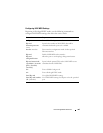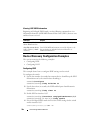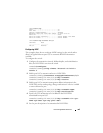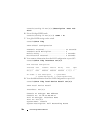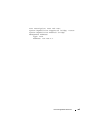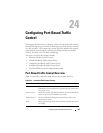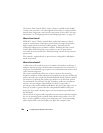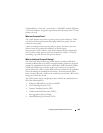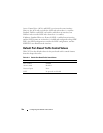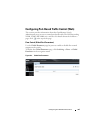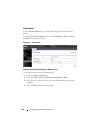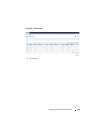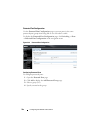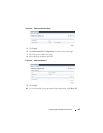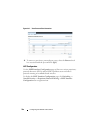
Configuring Port-Based Traffic Control 789
configured limit is 10%, this is converted to ~25000 PPS, and this PPS limit
is set in the hardware. You get the approximate desired output when 512 bytes
packets are used.
What are Protected Ports?
The switch supports up to three separate groups of protected ports. Traffic
can flow between protected ports belonging to different groups, but not
within the same group.
A port can belong to only one protected port group. You must remove an
interface from one group before adding it to another group.
Port protection occurs within a single switch. Protected port configuration
does not affect traffic between ports on two different switches. No traffic
forwarding is possible between two protected ports.
What is Link Local Protocol Filtering?
The Link Local Protocol Filtering (LLPF) feature can help troubleshoot
network problems that occur when a network includes proprietary protocols
running on standards-based switches. LLPF allows Dell Networking N2000,
N3000, and N4000 series switches to filter out various Cisco
proprietary
protocol data units (PDUs) and/or ISDP packets if problems occur with these
protocols running on standards-based switches. If certain protocol PDUs
cause unexpected results, LLPF can be enabled to prevent those PDUs from
being processed by the switch.
The LLPF feature can be configured per-port to block any combination (or
all) of the following PDUs:
• Industry Standard Discovery Protocol (ISDP)
• VLAN Trunking Protocol (VTP)
• Dynamic Trunking Protocol (DTP)
• UniDirectional Link Detection (UDLD)
• Port Aggregation Protocol (PAgP)
• Shared Spanning Tree Protocol (SSTP)



